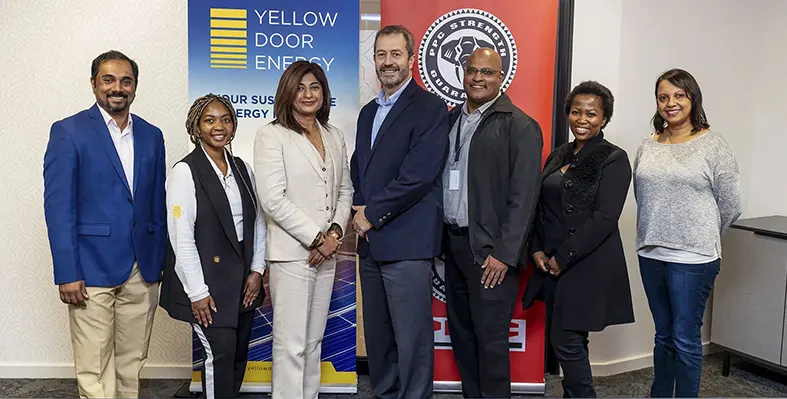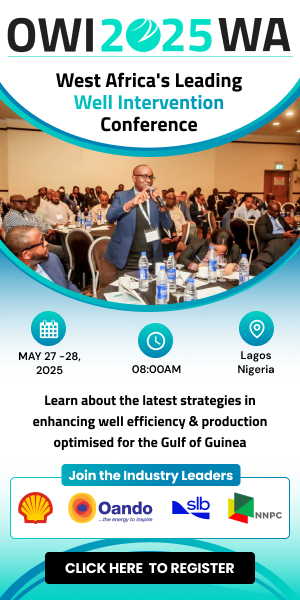
Visitors to the Perkins stand at bauma can find out the latest about Project Coeus. (Image source: Alain Charles Publishing)
The Perkins pre-bauma press event in London provided a taste of what the power solutions company will be showcasing at bauma, which takes place from 7-13 April in Munich
At the event, delegates heard about Perkins’ initiatives to provide smarter, more sustainable solutions to support its customers with their diverse needs through the energy transition, and how its latest developments align with its focus on ‘strengthening the core, pioneering the future’.
In line with this, at bauma, Perkins will showcase the latest off-highway power system technologies, from fuel flexible optimised engines to products and services to support the transition to electrification, such as its hybrid-electric telehandler, where a 75 kW diesel-powered telehandler was converted into a hybrid machine, utilising a Perkins 48V battery system to enable electric-only operation.
Taking centre stage will be the 2606 diesel engine, scheduled to go into production in 2026, a new 13-litre engine platform designed to achieve best-in-class power density, torque and fuel efficiency for a wide range of heavy-duty off-highway machine and applications, from screeners , grinders and material handlers to compressors, pumps, construction machinery, mining equipment and tractors. It provides 340-515 kW rated power and up to 3200 Nm peak torque.
The engine supports quality, reliability and easier maintenance through numerous design enhancements, including the integration of components and a reduction in the number of leak joints by more than 45%. Together, the upgrades result in low fluids consumption and extended oil and fuel filter service intervals as long as 1,000 hours, reducing operating costs and downtime. The engine is HVO/renewable diesel and biodiesel compatible, and is compliant with EU Stage 5, US EPA Tier 4 and all other global emissions standards.
Also on display will be the 904J engine. Available in 2.8 and 3.6 litre variants, the 904 series offers a power range from 50 to 106 kw with agricultural, industrial and electric power variants. As of October 2023 more than 100,000 engines had been built and shipped. The 904J-E36TA, which comes into production in March 2025, the 106kw variant of the 3.6 litre engine, offers increased power versus the current 3.6 litre. With a torque of 566Nm and rated speed of 2200 rpm, it is certified to EU Stage 5 and US EPA Tier 4 Final.
Project Coeus update
Visitors to bauma can expect to find out the latest about Project Coeus, a partnership between Perkins Engines, Loughborough University and UK-based engineering specialist Equipmake, designed to support OEMS through the energy transition. An advanced hybridised alternative-fuel power-system to decarbonise the off-highway industry, it involves the development of a multi-fuel ‘drop-in’ hybrid powertrain. The project seeks to overcome a number of key performance challenges faced by the industry and OEMs as they look to adopt alternative fuels, providing the same performance as they would get with diesel and the ability to flexibly use different fuels, such as ethanol, methanol, biomethane and hydrogen. At the heart of it is a spark-ignited engine platform with an integrated hybrid system alongside the combustion engine to mitigate performance differences in the various alternative fuels.
“These advanced drop in power units are going to be key for helping our customers adopt future technologies required for their energy transition, delivering them a robust plug and play power, maintaining the same user experience, minimising the amount of design integration and minimising the amount of violations,” said Paul Moore, head of Powertrain System Integration at Perkins at the press event.
Augmenting the customer experience
Augmenting the customer experience is an important focus for Perkins. At the press event, delegates heard about Perkins Connectivity and Condition Monitoring. Seamlessly linking the user to their Perkins powered applications, Perkins Connectivity provides access to critical real-time data, enabling the user to make informed decisions with insights tailored to support proactive maintenance and maximise efficiency. It also enables access to Perkins comprehensive service network.
“You might find that the service network knows there’s an issue before anyone on site does. Minor issues can therefore be picked up when they are easier, quicker and cheaper to fix, before they become major issues,” said Jessica Langley, senior marketing consultant at Perkins.
“It’s about strengthening relationships with OEMS and its customers, and empowering them to be manage their costs, reduce their downtime and work more efficiently. Perkins Connectivity really redefines reliability, efficiency and sustainability. It’s more than just technology, it’s a support to our customers, whether they be end users or OEMs, every step of the way.”
Throughout the briefing, Perkins representatives emphasised the company's focus on collaboration with customers to understand and address future challenges and address the demand for smarter solutions that provide full life-cycle support. With the current uncertainties over future emissions regulations and the direction of alternative fuels, Perkins is a trusted partner offering flexible solutions and an agile response to the evolving conditions of the energy transition.
"Our customers and their customers now have a global footprint," said Andy Curtis, customer solutions director at Perkins."How do they develop machines with very different technologies and very different challenges around the world? There is no one size fits all. What we are here to do is really listen to our customers and provide that agile support."
bauma is the world's leading trade fair for construction machinery, building material machines, mining machines, construction vehicles and construction equipment. Perkins will be exhibiting at Stand A4.336




















